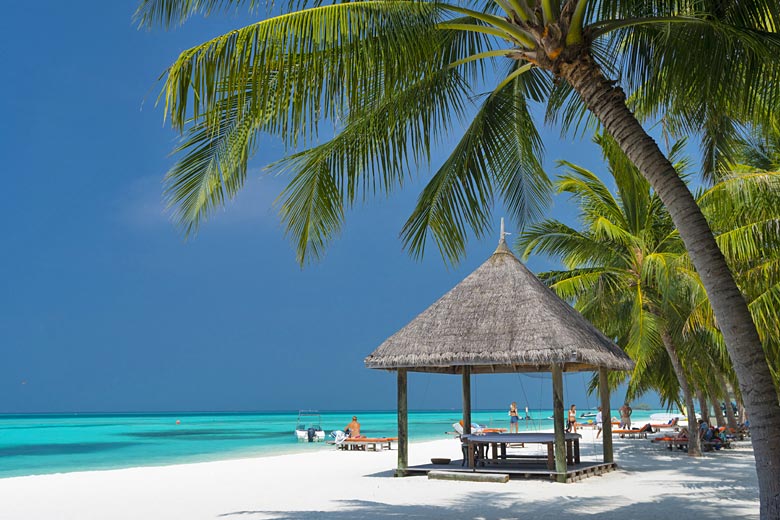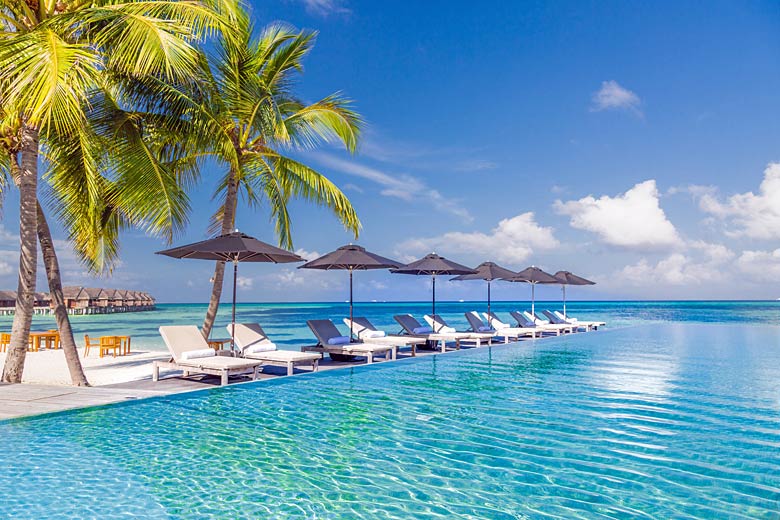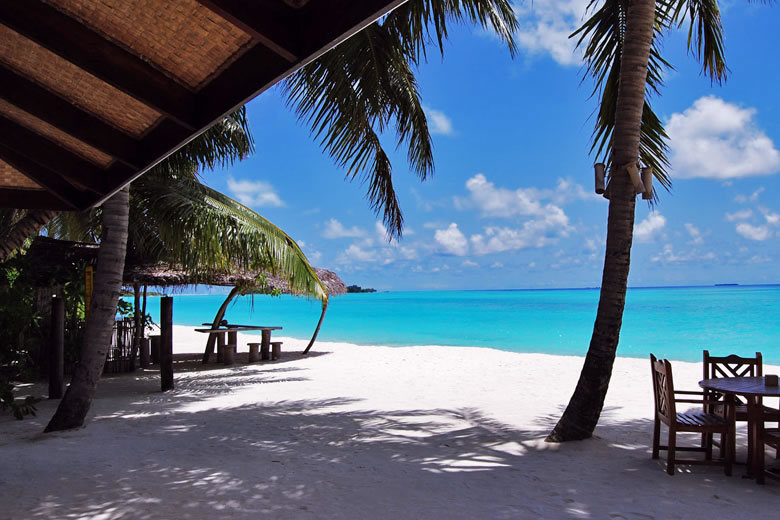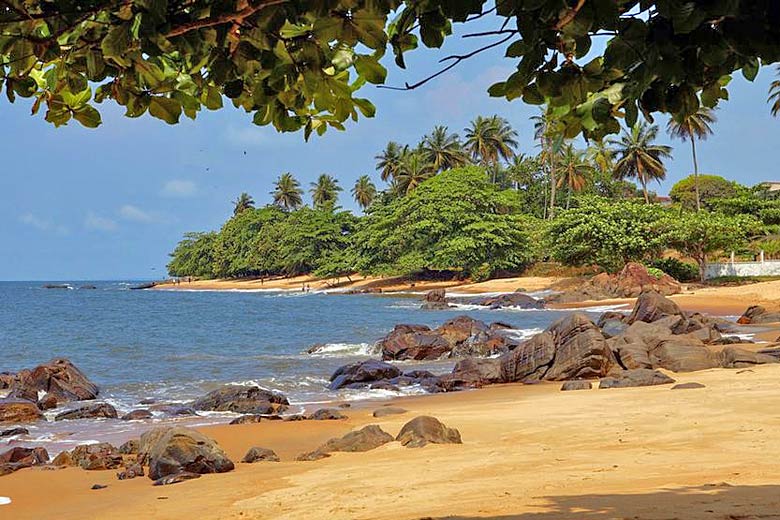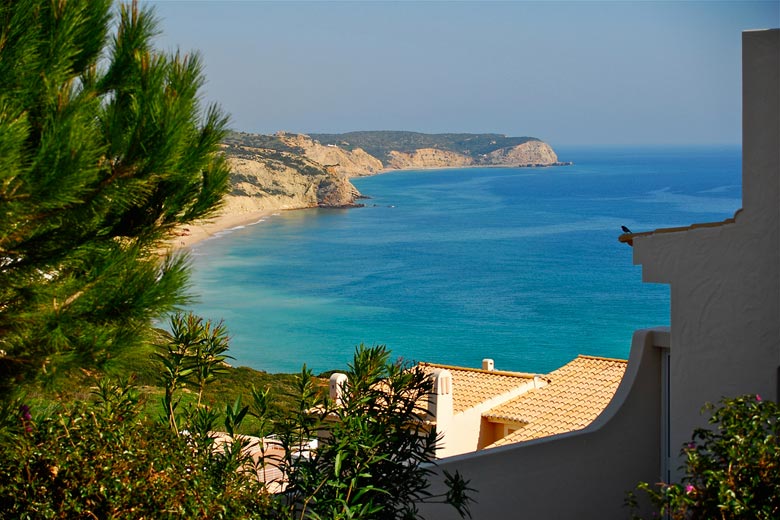- Search for top holiday deals for popular destinations
- Filter deals by board basis, star rating, price & more
- Pay low deposits from £25 per person
Maldives weather by month
Check out the Maldives weather averages by month. Compare detailed monthly climate statistics including temperature, rainfall and sunshine figures.
| Jan | Feb | Mar | Apr | May | Jun | Jul | Aug | Sep | Oct | Nov | Dec | |
|---|---|---|---|---|---|---|---|---|---|---|---|---|
| Maximum daytime temperature °F |  86 86 |
 88 88 |
 88 88 |
 90 90 |
 88 88 |
 86 86 |
 86 86 |
 86 86 |
 86 86 |
 86 86 |
 86 86 |
 86 86 |
| Hours of sunshine (daily) | ||||||||||||
| Days with some rainfall |  5 5 |
 5 5 |
 7 7 |
 10 10 |
 15 15 |
 14 14 |
 13 13 |
 14 14 |
 15 15 |
 16 16 |
 14 14 |
 13 13 |
| Sea temperature °F |  82 82 |
 82 82 |
 84 84 |
 86 86 |
 86 86 |
 84 84 |
 84 84 |
 84 84 |
 82 82 |
 82 82 |
 82 82 |
 82 82 |
More about the Maldives
Maldives by month
Jan Feb Mar Apr May Jun Jul Aug Sep Oct Nov Dec
Recommended for the Maldives
The climate guide for Maldives (Male) shows long term monthly weather averages processed from data supplied by CRU (University of East Anglia), the Met Office & the Netherlands Meteorological Institute. Find out more about our data sources.
Top Maldives destinations
Below are average maximum temperatures at popular countries, regions and places in the Maldives for next month - August. Select a destination to see the climate guide for all months of the year.
All Maldives destinations
- Baa Atoll
- Baros Island
- Diva Island
- Gaafu Atoll
- Haa Alifu Atoll
- Huvadhu Atoll
- Huvafen Fushi
- Kuredu
- Kurumba
- Lhaviyani Atoll
- Lily Beach
- Maafushivaru
- Male
- Meemu Atoll
- Meeru Island
- Noonu Atoll
- North Ari Atoll
- North Male Atoll
- North Nilandhoo Atoll
- Raa Atoll
- Seenu Atoll
- South Ari Atoll
- South Male Atoll
- South Nilandhoo Atoll
- Vaavu Atoll
- Veligandu Island
Metric (°C) | Imperial (°F)
Maldives climate overview
Lying to the southwest of Sri Lanka and India, the Maldives is a collection of about 1,200 coral islands and atolls straddling the equator. The local economy is heavily dependent upon tourism, but this has been carefully managed and is restricted to fewer than 100 islands.
The majority of the islands are little more than low-lying uninhabited sand bars, in danger of being swallowed by rising sea levels. The smaller islands and atolls support only scrub vegetation, while the largest ones are sizable enough to sustain pockets of lush tropical plants and trees along with bamboo, banana, and coconut palms. The island of Fuamulaku is particularly fertile with pineapples, oranges, and mangoes cultivated.
Beautiful beaches such as the one on Veligandu can be found throughout the islands with coral white sand and palm trees. Most of the islands are surrounded by coral reefs, creating calm turquoise lagoons, which remain warm all year. The reefs themselves attract an abundance of marine life making scuba diving and snorkelling a popular pastime.
The Maldives tropical climate has a wet season running from May to November, followed by a drier season, the driest months of which are February and March. This is also the sunniest time.
However even from June to September, during the south-west monsoon which is the wettest time of year, there are still on average over 6 hours of sunshine every day. Temperature varies little, remaining warm all year with 'high' heat and humidity in all months, rising to 'very high' from March to July.
Because the Maldives is in the equatorial belt, severe tropical storms and cyclones are extremely rare events. The islands were however seriously affected by the Asian Tsunami of 2004 that caused considerable damage to property and some loss of life.
More about the Maldives
Compare Maldives with the UK
Below the Maldives chart shows average maximum daytime temperature for Maldives (Male) and the UK (London).
Maximum daytime temperature (°F)
Metric (°C) | Imperial (°F)
Compare more Maldives weather >>
Be inspired
Get your weekly fix of holiday inspiration from some of the world's best travel writers plus save on your next trip with the latest exclusive offers
We promise not to share your details
Related posts
Popular travel offers
Explore holidays in the sun for less
- Beach holidays
- Family holidays
- City breaks
- Summer holidays
- Winter sun holidays
- Holiday offers
- Top travel brands
- Airlines & flights
- Discount hotels
- Airport parking deals
- TUI
- Jet2holidays
- easyJet holidays
- Love Holidays
- January sales
Airport parking
- Manchester Airport
- Stansted Airport
- Bristol Airport
- Luton Airport
- Birmingham Airport
- Edinburgh Airport
- Gatwick Airport
- Glasgow Airport
- Newcastle Airport
Airport lounges
- Manchester Airport
- Birmingham Airport
- Bristol Airport
- Edinburgh Airport
- Glasgow Airport
- Heathrow Airport
- Newcastle Airport
- Stansted Airport
- Gatwick Airport
















 Holiday deal finder
Holiday deal finder